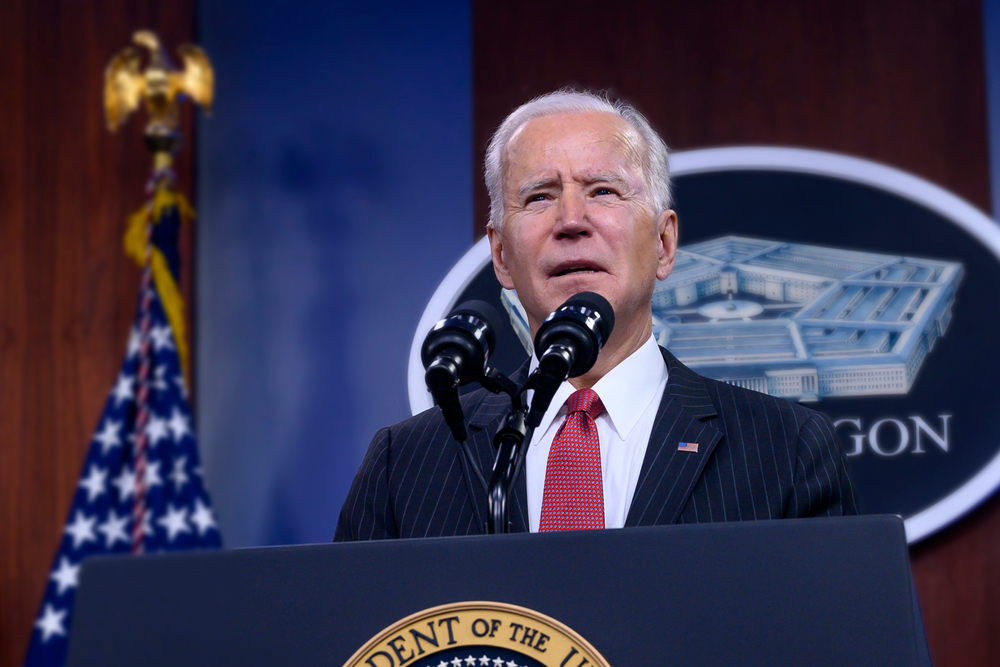President Joseph Biden Jr.’s first term in office is a little more than half over since his inauguration on January 20, 2021. His election platform was characterized as the most ambitious climate action platform of any U.S. president to date. Environmental advocates have expressed concern that he is running out of time to strengthen environmental regulations that will have a lasting and positive impact on climate change resilience.
This midway point marks a good spot to take stock of what Biden has accomplished to date and what challenges remain to be overcome.
Some of Biden’s accomplishments include:
- Committing to cut total greenhouse gas (GHG) emissions by 50% by 2030. This was achieved when the Biden administration set a national goal in April 2021 in an updated nationally determined contribution (NDC) under the Paris Agreement.
- Passing a major economic stimulus package to bolster clean energy incentives. The Inflation Reduction Act (IRA), enacted by Congress in August 2022, “establishes a comprehensive set of clean energy incentives, mostly through decade-long tax credits for everything from electric vehicles to direct air capture and sequestration of carbon dioxide,” the World Research Institute (WRI) says.
- Addressing super pollutants. The Biden administration has taken significant action to address super pollutants such as hydrofluorocarbons (HFCs) and methane. These actions include regulations to phase down HFCs; the ratification of the Kigali Agreement to phase down HFCs; the updated Methane Action Plan, which includes 50 specific measures for the reduction of methane emissions; and the enactment of a methane emissions fee under the IRA.
- Requiring zero emissions on new passenger vehicles sold after 2035. The Biden administration has made progress on this goal by making a commitment to achieving 50% in new vehicle sales of zero-emission vehicles (ZEVs) by 2030 and the Executive Order directing federal agencies to purchase “100 percent [ZEV] acquisitions by 2035, including 100 percent zero-emission light-duty vehicle acquisitions by 2027.” The EPA has issued a final rule to significantly reduce the GHG emissions from new passenger vehicle sales in model years 2023–2026 and is expected to continue to reduce the GHG standards required in new vehicle sales for model years 2027 and beyond.
- Increasing the removal and sequestration of atmospheric carbon dioxide. “The Bipartisan Infrastructure Law includes significant investments in wildfire risk reduction and ecosystem restoration to protect and promote natural carbon removal. It also establishes four regional hubs for direct air capture in order to demonstrate this technology at commercial scale,” adds the WRI. “The [IRA] builds on these programs by allocating $19 billion to support climate-smart agriculture, providing additional funding for wildfire risk reduction, and investing almost $3 billion to support carbon sequestration in urban forests and national public lands.”
Challenges
Perhaps the biggest challenge the Biden administration faces in its quest to finalize enduring climate actions is the EPA itself.
The EPA continues to be plagued by a shortage in its workforce, which decreased to 14,200 in 2018 from its prior staffing level of 17,000, according to an analysis published by The Washington Post. Only 500 new employees have been added under the Biden administration.
“Despite depleted staffing levels, persistent funding challenges and a previous administration that left the agency neglected and scientifically compromised, this Administration has finalized strong, legally durable rules,” Dan Utech, the agency’s chief of staff, said in a statement, according to The Washington Post. “[The] EPA remains committed to using all the tools available to meet the moment and advance President Biden’s bold environmental agenda.”
The conservative majority on the U.S. Supreme Court is also a challenge for Biden’s goals. The Court dealt a serious blow to the EPA when it ruled in West Virginia v. EPA that the Agency had overstepped its boundaries without clear congressional authority in regulating the carbon emissions from power plants.
The changing economics of clean energy production also hinders quicker progress for regulatory action. Modeling examples show the IRA is expected to considerably reduce clean energy costs, which will provide evidence supporting tougher environmental rules. However, the necessary steps to enact those regulations take additional time because a cost-benefit analysis must be produced to justify stricter standards.
One spot of hope for the administration is the appointment of Richard “Ricky” Revesz to lead the White House Office of Information and Regulatory Affairs. He is expected to encourage agencies to speed up their regulatory processes.
“However, not everyone is optimistic that he can get rules out the door before the waning days of Biden’s first term, given the cascade of challenges confronting the administration,” The Washington Post’s analysis article says. “I don’t know if Ricky can help speed things through,” says James Goodwin, a senior policy analyst with the Center for Progressive Reform, a liberal think tank. “I don’t know if anyone can.”

